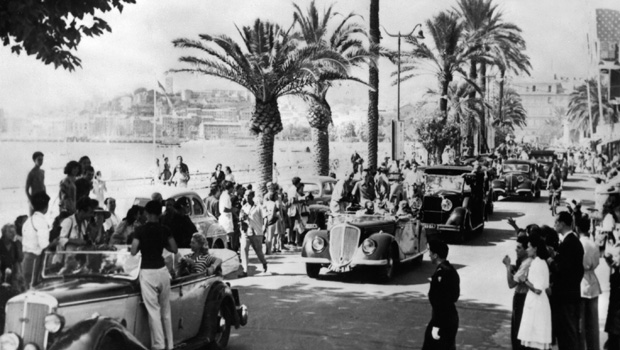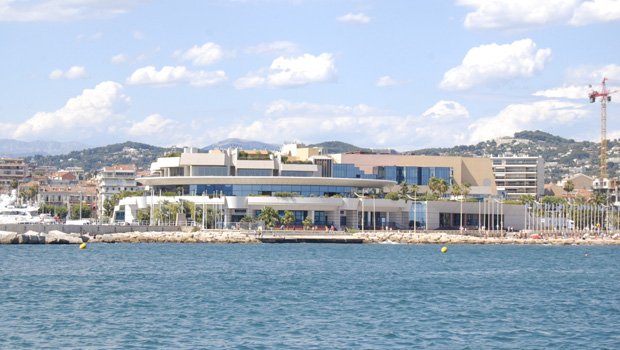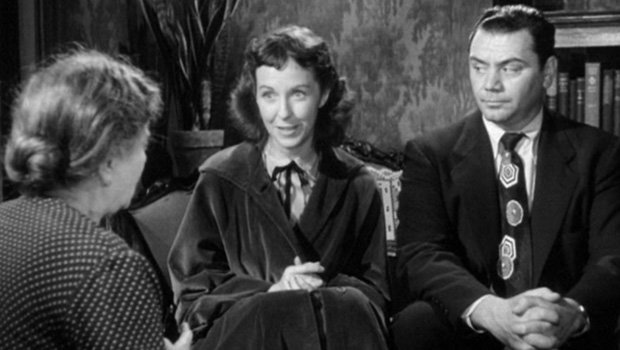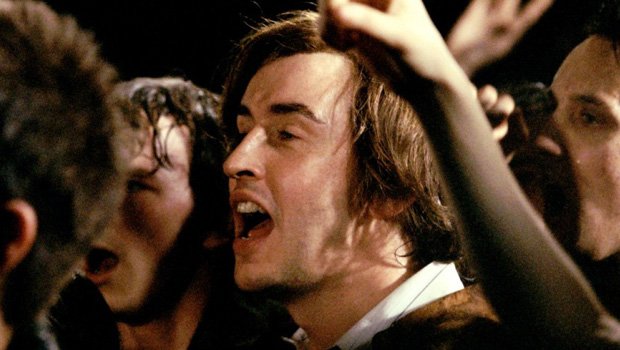10 things you might not know about the Cannes Film Festival


It's that time again. This year's Cannes Film Festival is here, promising 12 days of outfits, gossip, heated speculation and (hopefully) some great new films. To get you in the mood, here are 10 facts you might not have known about one of the biggest events of the year.
It's an anti-facist festival
The first Cannes festival was born out of necessity. In 1939 Jean Zay, France's then Minister for Education and Fine Arts, wanted to establish an alternative to the Venice Film Festival which had become a vehicle for fascist propaganda films. The first Cannes festival was announced in June 1939 for September that year. However, it took a little longer to arrive...
The first festival was delayed by seven years
The original Festival International du Film was scheduled to launch in September 1939. It was held up by a conflict you might have heard of: World War 2.
In 1946, and with a need to encourage tourism on the French Riviera again, the festival was revived. The first Cannes took place on 20 September 1946, becoming one of the first major cultural events of the post-war years. Unfortunately, it was temporarily cancelled again in 1948 and 1950 due to a lack of budget.

The festival has its own palace (of sorts)
Sign up for the Total Film Newsletter
Bringing all the latest movie news, features, and reviews to your inbox
In 1952, the festival found a permanent home at the specifically built Palais Des Festivals on the boulevard of Promenade de la Croisette. Like the festival, the building's early years were beset by problems. It was originally intended to open in 1949, but was unfinished by the time the festival rolled around, while a storm also damaged its roof.
A new Palais was constructed in the late '70s and finally opened in December 1982. Today it has 25,000 square metres for exhibitions and 18 auditoriums.
The Palme d'Or
The festival's most prestigious award was introduced in 1955 to celebrate the favourite film that year. The first ever winner was Delbert Mann's romantic comedy, Marty.
The award has something of a complicated history. It replaced the Grand Prix du Festival International du Film, which ran from the festival's inception through to 1954. That award made a comeback and replaced the Palm d'Or for a decade through 1964 to 1974. But the Palm d'Or won out once again and was reinstated in 1975. Got that? Good. The award is made of 24-carat gold and the name means “Golden Palm”.

It was cancelled in 1968
With student and worker uprisings spreading across France, a group of directors including Louis Malle forced the festival to close mid-way through. A restored version of Gone With The Wind had opened the event, but after heated debate, it was agreed that it should be shut down in solidarity with the protestors. The final film screened that year was Peter Lennon's documentary Rocky Road To Dublin.

Bird-brained ideas
Blame it on Shaun Ryder, if you like. In 2001, several actors from 24 Hour Party People staged a stunt on a private beach, fighting each other with stuffed dead pigeons and splattering nearby onlookers with fake 'blood'. The idea came from actor Danny Cunningham, who was inspired by a scene in the film where the ex-Happy Monday poisoned thousands of the birds with crack. Unfortunately, few saw the funny side. The actors were ejected from the beach after a tussle with security and Cunningham cut his head in the process.
Courting controversy
Dead pigeons are not the only times the festival has been controversial. Actress Simone Silva dropped her top at a photo call with Robert Mitchum at the 1954 festival. The press loved it – so much so that several photographers were injured trying to get the best shots – but the Festival's committee were less impressed. And in 1992, Dolph Lundgren and Jean-Claude Van Damme staged a fist fight to promote Universal Soldier. And that's before you get to Lars Von Trier's infamous Nazi comments in 2011.
Size matters
Throughout the year the festival is run by just 30 full-time staff. However, when the event itself comes around, that number swells to a massive 850. The budget of the event is a whopping €20 million. It's estimated that the population of Cannes swells up to 200,000 for the duration of the festival – nearly three times its normal size of 73,603.
Bigger and better
Sometimes a bog standard Palme d'Or just isn't enough. For those occasions, the Palme des Palmes is called in. This badge of honour was introduced in 1997 to celebrate 50 years of the festival and has been awarded to just one person – the great Ingmar Bergman. There is also the Palmes d'honneur, which has been awarded to five other directors who have performed above and beyond all expectation. This year's winner is Agnès Varda – the first female director to take home the award.
Carpet people
OK, so many of the folk attending Cannes will have simply hopped out of an Aston Martin before strolling up those iconic 24 steps in their brand new Christian Louboutin's, but still, that red carpet is bound to get a bit dirty. That's why it's changed three times a day. There's a lot used, too - every festival gets through 2km's worth of the material.
In partnership with Microsoft, powered by the HP Spectre 360
The Total Film team are made up of the finest minds in all of film journalism. They are: Editor Jane Crowther, Deputy Editor Matt Maytum, Reviews Ed Matthew Leyland, News Editor Jordan Farley, and Online Editor Emily Murray. Expect exclusive news, reviews, features, and more from the team behind the smarter movie magazine.


